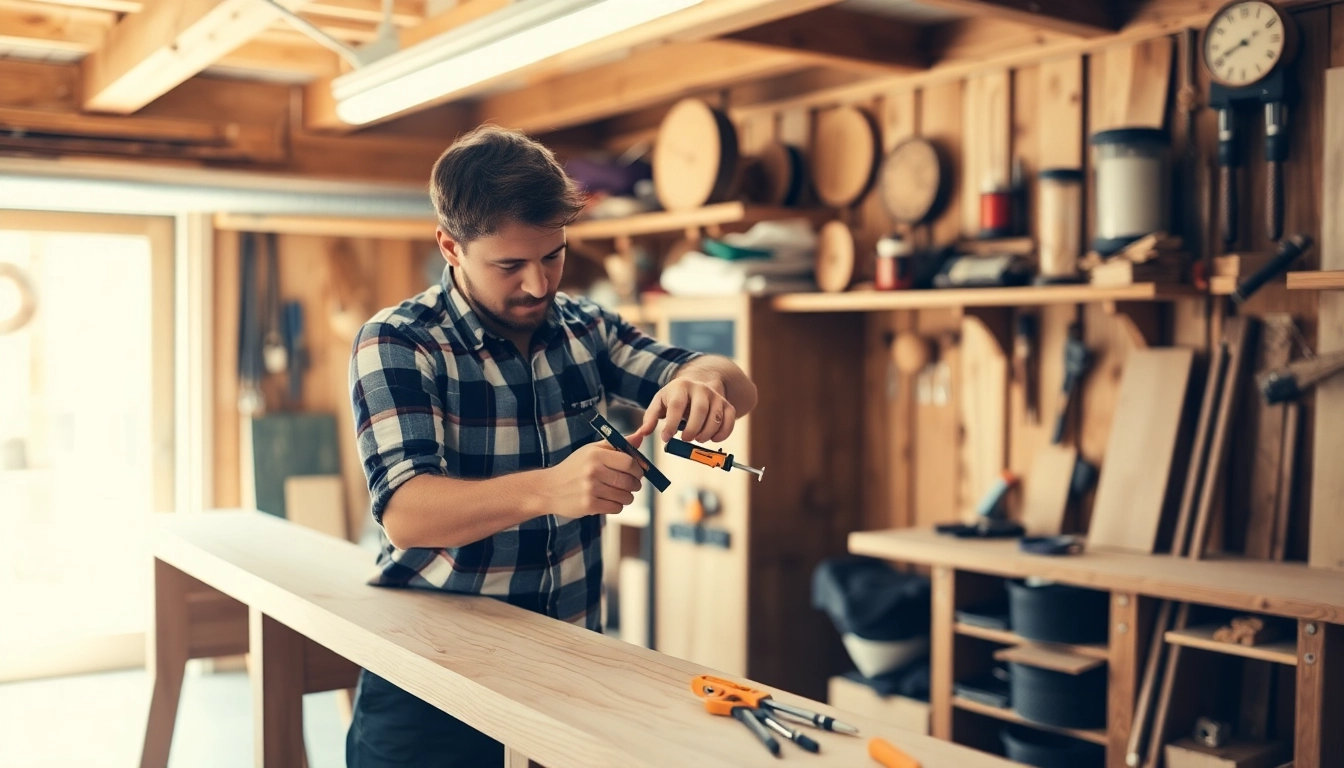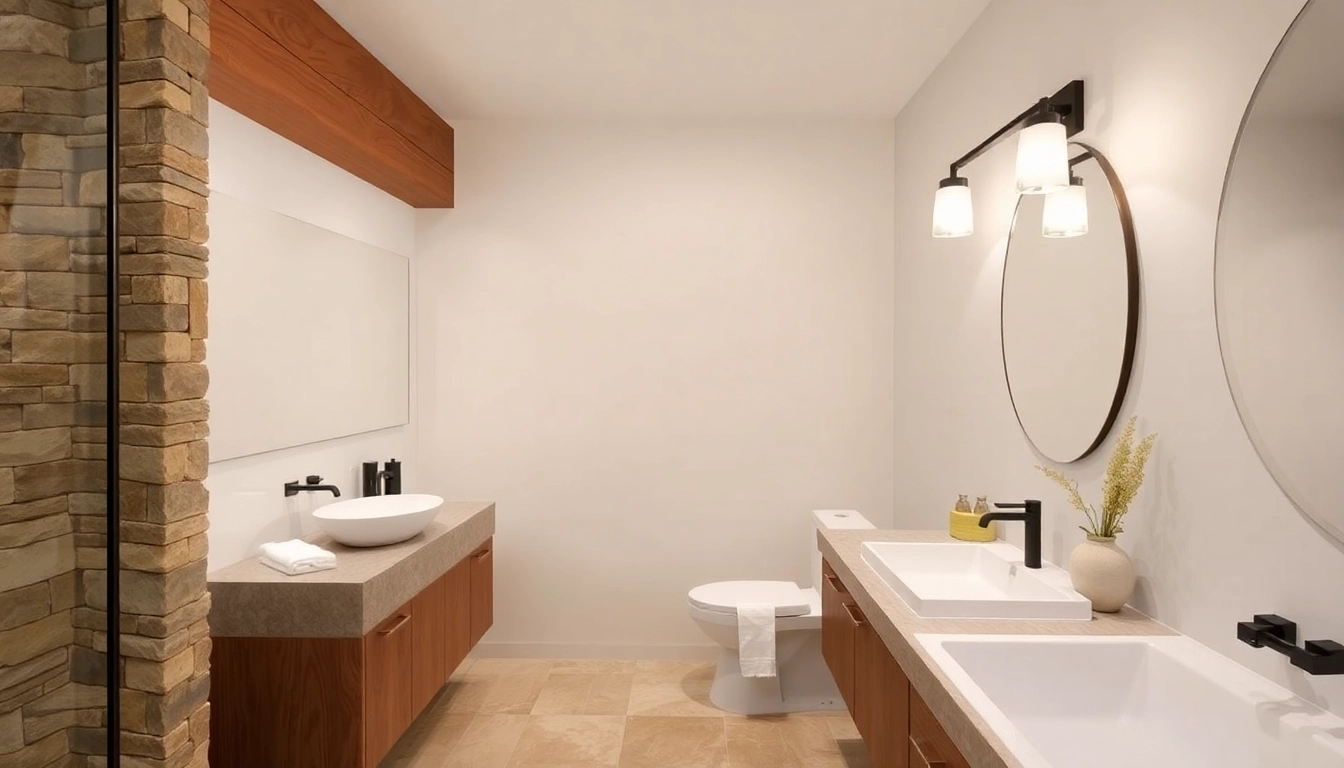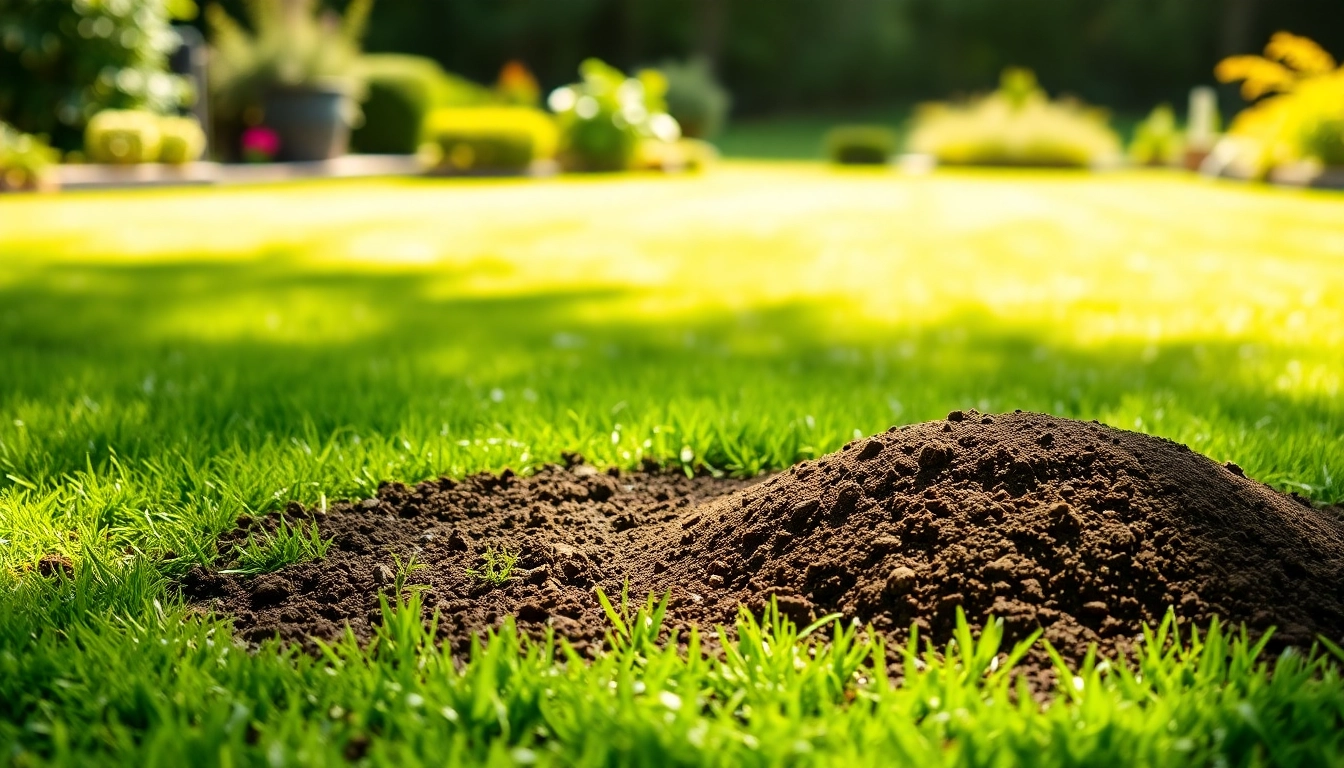Understanding Back Bar Structures
What is a Back Bar?
A back bar is an essential piece of furniture in any drinking establishment, acting as a functional and aesthetic element in the space. Typically situated behind the main bar area, it serves to store and display an assortment of beverages, glassware, and bar tools. The back bar not only enhances the efficiency of beverage service but also adds to the overall ambiance and visual appeal of the bar area. By understanding its structure and functionality, bar owners and managers can make informed decisions regarding maintenance and repairs.
Common Materials Used in Back Bars
Back bars are crafted from various materials, each contributing to their durability and style. Common materials include:
- Wood: Often used for its aesthetic appeal, wood can offer a classic look but may require regular upkeep.
- Metal: Stainless steel is frequently used in modern back bar designs due to its durability and ease of cleaning.
- Glass: Glass shelves or displays are popular for showcasing bottles, creating an attractive presentation.
- Stone: Materials like granite or marble may be used for their luxurious appearance and robustness.
Understanding these materials helps bar owners choose appropriate repair methods. Regular wear and tear can lead to damage, but knowing the type of material allows for proper handling and repair.
Identifying Repair Needs: Signs of Damage
Regular inspections of the back bar can prevent minor issues from escalating into major repairs. Here are some signs that indicate a back bar may need attention:
- Loose or Wobbling Shelves: Signs of instability can compromise the storage of expensive glassware and liquor bottles.
- Scratches or Dents: Marks on wood or metal surfaces can mar the aesthetic appeal and may require refinishing or replacement.
- Water Damage: Areas exhibiting signs of swelling or discoloration often indicate water exposure, particularly in wooden back bars.
- Cracks or Breaks: Any visible damage, especially within glass components, poses safety risks and necessitates prompt attention.
Tools and Materials for Back Bar Repair
Essential Tools You’ll Need
Equipping yourself with the right tools is crucial for effective back bar repair. Here’s a list of essential tools:
- Screwdriver Set: A variety of screwdrivers will be needed for different types of screws used in your back bar structure.
- Wood Glue: Ideal for repairing wooden structures, ensuring strong bonds.
- Clamps: Useful for holding pieces together while the adhesive sets.
- Level: Ensures that shelves are straight, which is crucial for aesthetics and functionality.
- Drill: For creating new holes or removing old screws.
Materials for Best Results
In addition to tools, the right materials are essential for high-quality repairs. Suggested materials include:
- Wood Filler: To repair scratches or gouges on wooden surfaces.
- Replacement Parts: Such as metal brackets or connectors to reinforce structure.
- Paint or Stain: To refinish wood surfaces and match original color or enhance appearance.
- Cleaning Supplies: Necessary for ensuring surfaces are clean before repair work begins.
Safety Precautions During Repairs
Safety must always be a priority during any repair task. Here are key precautions to keep in mind:
- Wear Protective Gear: Safety glasses and gloves can prevent injury from flying debris and sharp edges.
- Keep Your Workspace Organized: A tidy workspace reduces the risk of accidents.
- Handle Tools Responsibly: Ensure tools are used according to instructions to avoid misuse and injury.
Step-by-Step Guide to Back Bar Repair
Preparing the Workspace and Materials
Before beginning repairs, it’s crucial to prepare your workspace. Follow these steps for effective preparation:
- Clear the Area: Remove all items stored on and around the back bar to provide ample working space.
- Gather Materials: Assemble all necessary tools and materials listed previously.
- Inspect Damages: Conduct a thorough assessment of the back bar to identify any issues that need addressing.
Repairing Common Back Bar Issues
Different types of damage will require specific repair techniques. Here’s a breakdown of common issues and how to address them:
Loose or Wobbly Shelves
To repair loose shelves, follow these steps:
- Check the mounting brackets and screws; tighten as necessary.
- If brackets are damaged, replace them with new ones.
- Use wood glue on any loose joints and clamp until secure.
Scratches and Dents on Wood
To address surface damage:
- Apply wood filler to scratches, smoothing it over with a putty knife.
- Allow the filler to dry completely, then sand it smooth.
- Finish with wood stain or paint to match the surrounding area.
Cracked Glass or Portions
For glass repairs:
- Safely remove any broken glass pieces.
- Measure the glass area to order a replacement pane.
- Install the new pane using specialized glass adhesive.
Finishing Touches for a Professional Look
Once repairs are complete, adding finishing touches can rejuvenate the whole back bar appearance. Consider the following:
- Cleaning: Thoroughly clean the entire bar to remove dust and debris, revealing the refreshed look.
- Reorganizing Items: Consider a new layout that improves accessibility and presentation.
- Lighting: Adding LED strips can enhance the display of bottles and create an inviting atmosphere.
Best Practices for Preventing Future Damage
Routine Maintenance Tips
To prolong the life of your back bar and prevent damage, implement a regular maintenance schedule that includes:
- Regular Cleaning: Dust and clean surfaces to prevent build-up that can lead to scratches.
- Monthly Inspections: Check for loose joints, rust, or other damage before they become significant issues.
- Environment Control: Maintain a stable temperature and humidity level to protect wood and drinks from damage.
Understanding Environmental Factors
Understanding how environmental factors affect your back bar is crucial for its maintenance. Humidity and temperature fluctuations can warp wood, while high traffic could lead to wear on surfaces. Proper ventilation and positioning away from direct sunlight or extreme heat will mitigate these risks.
When to Seek Professional Help
While many repairs can be handled independently, some situations require professional intervention:
- If you encounter extensive damage beyond your comfort level.
- For specialized repairs involving electrical components or complex structures.
- If unsure about techniques or tools required for repairs, consult with a professional.
Recap and Final Thoughts on Back Bar Repair
Summary of Key Takeaways
Understanding back bar structures, identifying repair needs, and having the necessary tools and materials are critical aspects of maintaining a bar’s functionality and appearance. By proactively addressing damages and implementing best practices, bar owners can avoid costly repairs and ensure a welcoming environment for patrons.
Real-Life Repair Examples
Consider the story of a local bar that faced issues with a wobbly shelf causing glasses to tip over during busy hours. Upon investigation, they discovered loose screws and reinforced the structure by replacing the brackets and using wood adhesive. Following a thorough cleaning, they reported improved service efficiency and patron satisfaction.
Resources for Further Learning
For those looking to deepen their knowledge in bar maintenance and repair techniques, several resources can be beneficial. Back bar repair guides, Youtube tutorials, and local workshops are excellent starting points for hands-on learning and skill enhancement.


